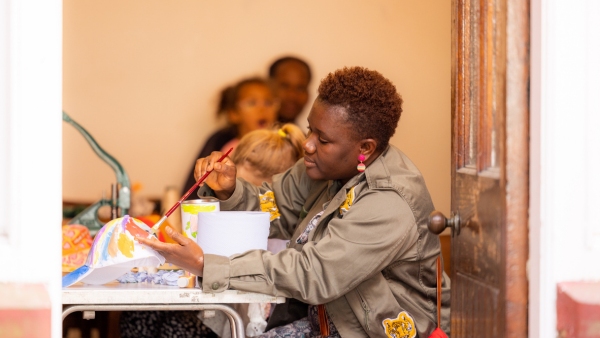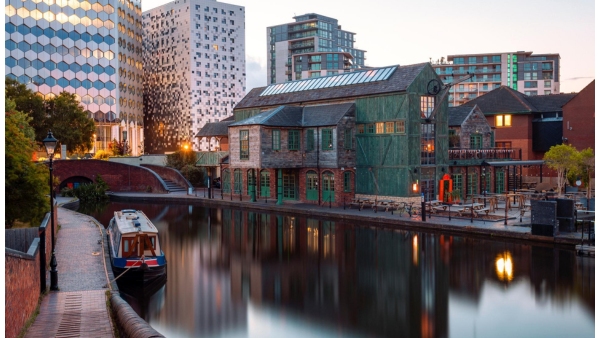In his stark warning against boosting the fiscal deficit Mervyn King gave the Government some leeway by agreeing the need for ‘targeted and selected’ spending.
By a strange coincidence I was making a similar point in 11 Downing Street. I would love to say this was because all has been forgiven, the big tent has had its final extension, and I am now once again a trusted advisor, but it wouldn’t quite be true. I was a late addition to a long list of arts and cultural industry luminaries invited to the launch of something called ‘The New Deal of the Mind’.
This is an initiative that has sprung up in response to a New Statesman piece by Martin Bright published in January. In it, Bright argues for the UK to emulate the major investment of public funding in arts that took place through the Roosevelt New Deal. He also called on policy makers to learn from the successes of the early 90s Enterprise Allowance Scheme, a pot of money that enabled many small scale cultural producers to set up their first business.
The event organisers, including its warm and hospitable host Maggie Darling, did amazingly to gather such a cast list quickly; Jude Kelly, Mark Thompson, David Putnam, Tony Hall, Trevor Phillips, John Tusa to name but six, plus cabinet ministers Burnham and Purnell and even shadow arts spokesperson Ed Vaizey . But there were three problems:
Which is why I made my Mervyn-esque intervention. I argued that the ND4M case must be about funding programmes based on a clear and costed rationale, quick and non bureaucratic to implement, targeted at those who most need help, creating something of wider relevance and value, and with the possibility that at least some subsidised activities might one day become self sufficient. And I offered one example (recognisable to the regular reader of this blog).
Why not create a national scheme to give newly redundant regional journalists, and those emerging from journalism course with no chance of a job, start-up funds to create strong community web-sites.
These sites could be of real values to local people trying to cope with the recession, generating new business and community self help opportunities. With a small national body to support these fledgling sites and foster innovation and best practice (as is being developed by William Perrin working with UK Online Centres and Channel 4), we could see hundreds of powerful local networks in months.
Assuming the site developers work from home and can use shared resources developed by the national body, a year’s set-up cost (enough time to see whether the site can succeed), including basic pay for the person running the site, would cost about £30k per site. For those who have access to premises there could also be a two way apprenticeship element where the former journalists take on school leavers, who, while they are learning writing and reporting skills may be able to teach their mentors a thing or two about social networking twittering etc.
So, a pot of about £30 million could fund a thousand community web-sites adding real social value, employing at least a thousand workers with valuable skills and offering some great opportunities for graduates and school leavers. What’s more, this spending can be fast and direct. It need take only weeks between committing the resources and the sites starting to make an impact. And this contributes to various other Government objectives around community cohesion and resilience.
I am sure there are flaws with my idea but if ND4M is to turn enthusiasm into impact and credibility it needs to spend less time on its logo and networking and more on developing detailed and costed proposals
Related articles
-
Open RSA knowledge standards
Alessandra Tombazzi Tom Kenyon
After investigating ‘knowledge commons’, we're introducing our open RSA standards and what they mean for our practice, products and processes.
-
RSA Catalyst Awards 2023: winners announced
Alexandra Brown
Learn about the 11 exciting innovation projects receiving RSA Catalyst funding in our 2023 awards.
-
Investment for inclusive and sustainable growth in cities
Anna Valero
Anna Valero highlights a decisive decade for addressing the UK’s longstanding productivity problems, large and persistent inequalities across and within regions, and delivering on net zero commitments.




Be the first to write a comment
Comments
Please login to post a comment or reply
Don't have an account? Click here to register.